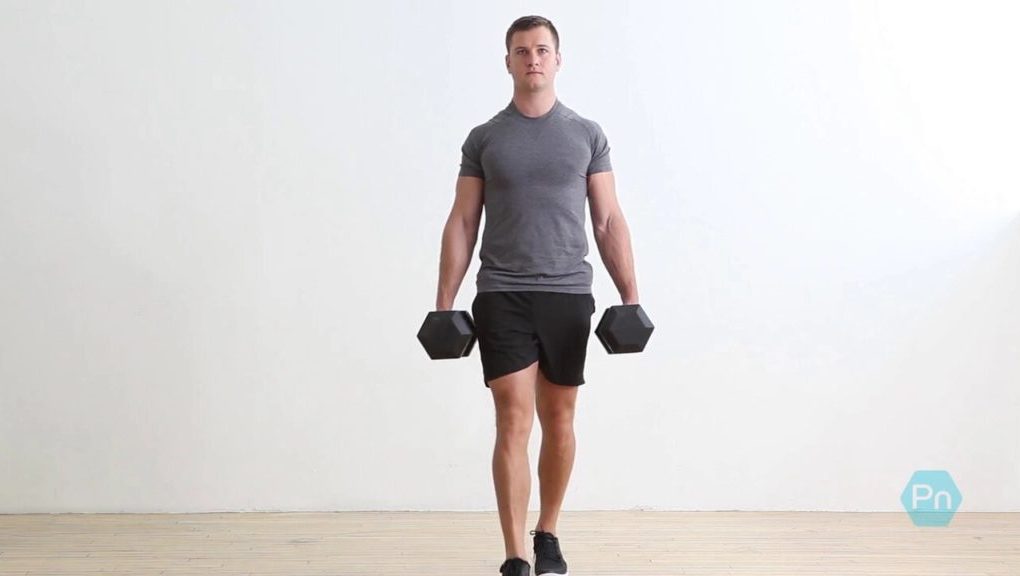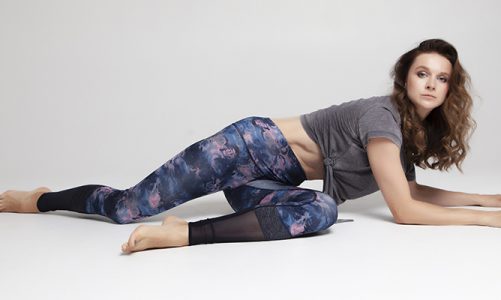We have a training experiment for you. It’s very simple, but effective. And perfect for those who now work remotely.
We’ve called it ‘trigger workouts’ (Zojnik’s note – the name is explained later), although it’s also known as ‘intermittent workouts’ or ‘microtraining’.
Try them and they will allow you to:
- move more often throughout the day, which is good for your overall health;
- train “lighter” but still improve your physical fitness;
- Do lots of different exercises – without having to find an hour or two to spare;
- take short breaks to rest your brain;
- Relieve boredom by experimenting with new workout routines.
First things first
In most cases, a good workout lasts about an hour and involves 100-200 work repetitions. OK, maybe that’s not exactly what most people do in the typical gym, but as the head of workout program development at Precision Nutrition, that’s what I prescribe to our clients.
For example, such a workout might include around 25-50 work reps in the core exercises – squat, deadlift, variations of presses and pull ups. You can work in various protocols: 10х3, 5х10 or good old 5х5 (and many intermediate versions). High-volume variations like the well-known 10×10 scheme are also possible.
After that you are moving on to specific exercises, such as working on abs and other core stabilisers (cor), or isolation rocking arms and legs. These exercises are lighter, but also add useful training volume. As a result you accumulate 100-200 reps, spending about an hour in the gym.
But what will you do afterwards when the shock workout is over?
It’s likely that you’ll spend the rest of the day sitting in chairs. Why “chairs” in the plural? Yes, because we usually sit at work, sit at the dinner table and sit in front of a screen in the evening, relaxing after a day’s work (or straining if we watch the news).
Incidentally, before the quarantine many people sat even more, as in the office few people could afford to get up from their desk and, for example, jump, while at home we have complete freedom.
And no matter how much great exercise we cram into our “gym” hour, it still remains a small break in the day, which we spend almost entirely motionless.
Keyboarders today can sit in an office chair for up to 15 hours a day. This takes its toll on our bodies and minds. According to a number of studies, an hour of intense exercise isn’t enough to offset the negative effects of a sedentary lifestyle.
But what if you do it the other way around?
Spend most of the day in motion, leaving just an hour or two for pernicious immobility?
Exercising regularly, doing thousands of repetitions a day?
It may sound crazy to you now, but think of people who don’t sit in an office all day but are involved in physical labour. Construction workers, furniture deliverers, military personnel, farmers and many others often spend their entire working day in motion. Professional athletes may also spend most of the day working out.
Our bodies are capable of handling an incredible amount of work
And I learned this the hard way several years ago when we created the Precision Nutrition exercise library. There are over 400 exercises, and each one had to be professionally filmed to clearly show the essence of the movement and posture/body positioning. Each was filmed from different angles, with both correct technique and common mistakes. Each of them took several takes (add to this preparatory repetitions). On the average I did about 35 exercises a day, and I gathered about a thousand repetitions at best, and twice as many at worst.
And we did it all not with inflatable dumbbells, but with real dumbbells, mostly of 20-25 kg each (though the worst day was a day of exercises with own weight, all press exercises, etc).
So: over 1000 reps daily, for about 10 hours, 5 days a week, for 2.5 weeks.
It was the most periodic workout I’ve ever done.
Fortunately, during this period I was eating right (which is natural for Precision Nutrition) and getting enough sleep. If these two ingredients had failed, something could have gone wrong. What did it end up being?
Here’s me at the beginning, with my gorgeous double chin:

And here’s one of my last shoots, after a long, long periodic workout:

The body has visibly transformed even in such a short period of time. I gained muscle mass and lost weight; my work capacity remained at its maximum even after several days’ rest.
The upshot is this: If you’re serious about getting in shape, get out of work and work out for 10 hours a day. Just kidding, of course.
But…
Can we learn a useful lesson from this and apply a similar methodology in a more sensible way?
A number of factors played a major role here
- I turned the traditional training method inside out: instead of an hour of intense exertion squeezed into a sedentary day, I spent most of the day doing various exercises.
- I trained periodically – as we were filming male and female versions of each exercise, each demonstrator rested while the other was in the frame.
- I didn’t “plough on”. Nor did I do push-ups in order to cause physiological stress. It was the opposite. I tried to cope with all the stress so that I could live to the end of the shooting day. I had this mental attitude: to spend as little effort as possible on each repetition.
All training was “open” (the number of repetitions was not predetermined). There was no plan – this rep was 5, this rep was 10. I just showed the movement until the operator stopped.
I worked with submaximal weights . Yes, I was racking up thousands of repetitions. But most of them were with weights that were usually less than half of the maximum of the exercise.




